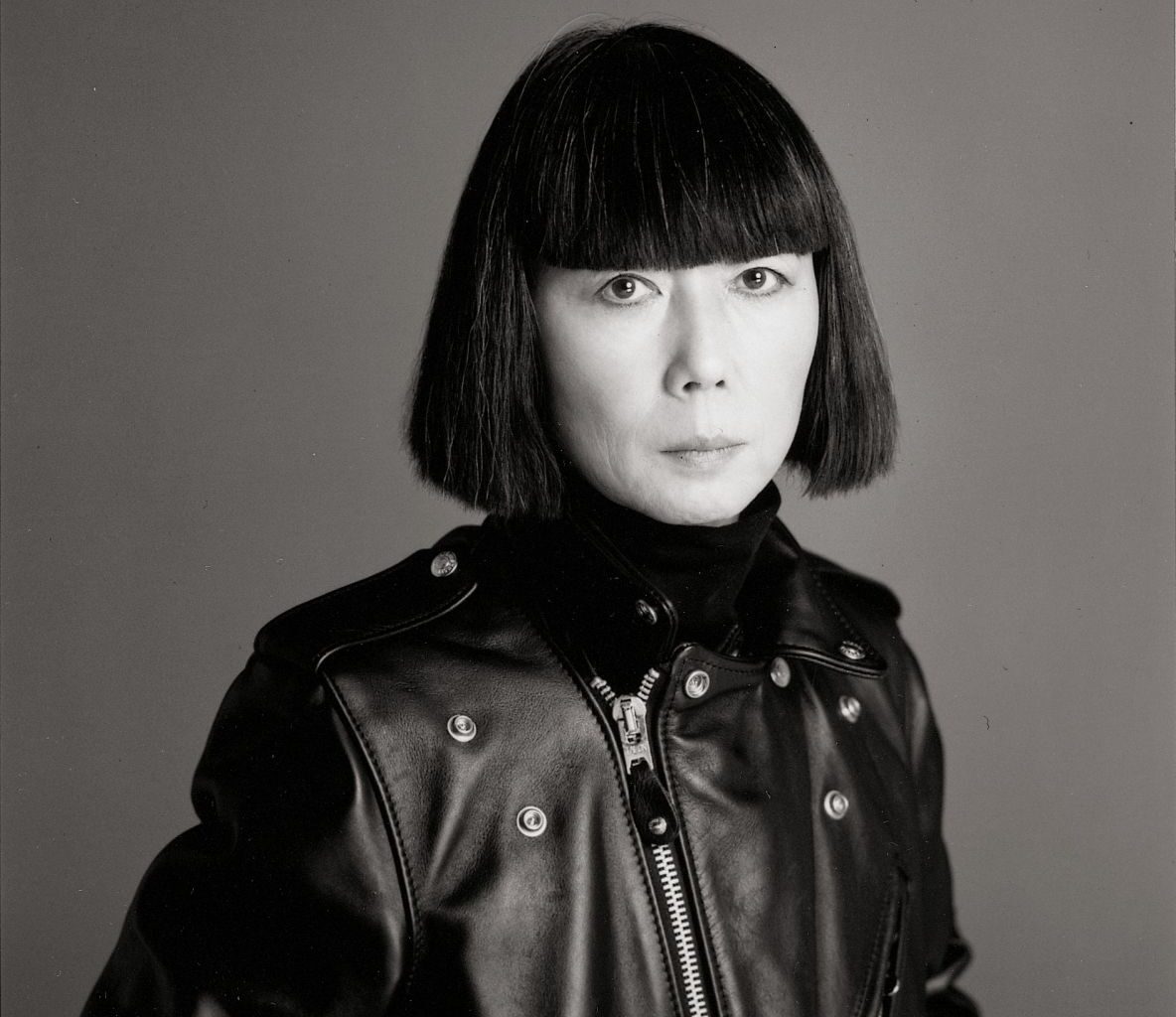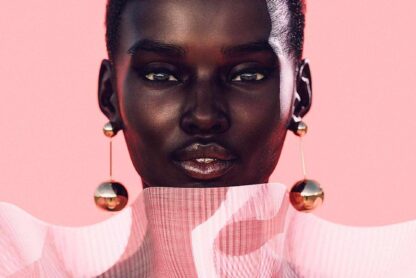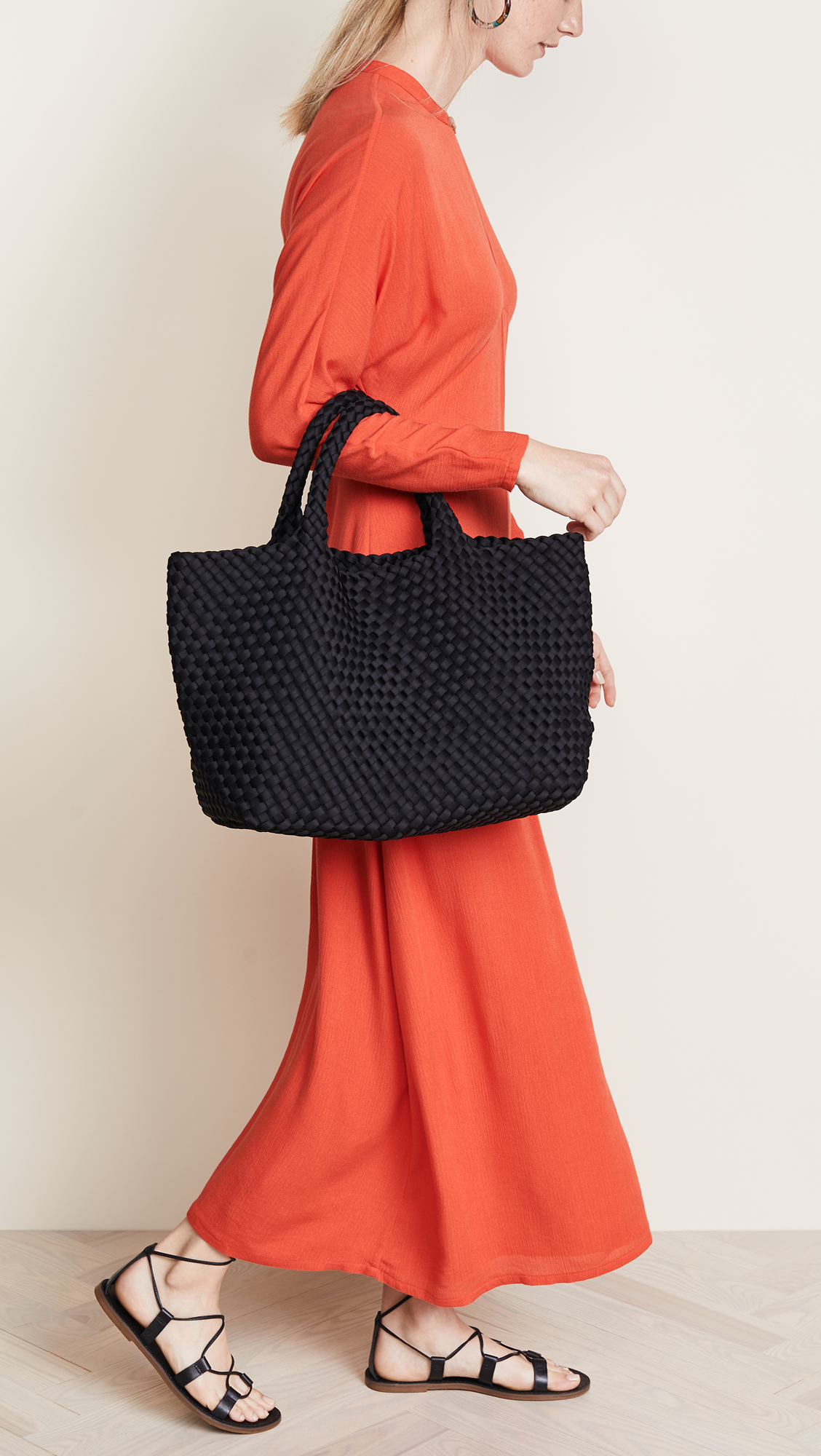In an economy where males still take the lead in most areas, it requires discussion and structural change to equate the imbalance, consolidated over generations. The needle needs to be moved. Globally, women hold just 24% of senior leadership positions. And though we can observe the 21st century being marbled by Gen-Z’lers and female authorities’ activism, raising their voices for gender equality, one has to concede that it is a long rocky road to go. However, it can be acknowledged that the fashion industry, despite all its controversies, has been shaped by the creations and visions of many female figures from early on. In an interview for Harper’s Bazaar March issue 2017, Rihanna stated, “There is something special about a woman who dominates in a man’s world. It takes a certain grace, strength, intelligence, fearlessness, and the nerve to never take no for an answer.” Glam Observer puts five of the most influential female designers on the spot, showcasing the pioneering, disruptive voices that continuously imparted the fashion industry’s relevance.
JEANNE LANVIN
Lanvin is the oldest Luxury fashion House in continuous existence and was named after its founding mother, Jeanne Lanvin, born in 1867 in Paris, France. At the age of 13, Lavin became a dressmaker errand girl before choosing to found her own business. In 1885, with only 18 years, she inaugurated a millinery workshop, which made her one of the most flourishing couturiers working in Paris during the 1920s. Juxtaposed to Vionnet, who simultaneously shaped the fashion industry, Lanvin produced clothes that represented confidence and smartness. “To have style is to have a feeling for what is currently fashionable, and still to simultaneously remain true to oneself.” She worked with decoration that stood out and varied from season to season. One could never determine her key-designs, as the aspect of femininity only navigated her collections. She met her husband, Henri Emilio Georges Di Pietro, in 1895 and gave birth to her daughter shortly after. Her daughter led Lavin to design identical mother and daughter looks soon after, becoming the Houses DNA’s core. Her strategic thinking and business approach made her come up with ideas that have left footsteps in today’s fashion and beauty landscape. In 1927, the year she launched Lanvin’s fragrance Arpège, she commissioned Armand Albert Rateau, one of France’s top architects, to design the black glass ball, which was its bottle. He became part of the business and managed Lanvin Sport. Lavin’s designs were outlined continuously by the evolution of the Parisian youth’s style. In the 20s, she designed her attire after the boyish looks merged with a sense of chicness. In the 1930s, she created a collection of party dresses for the princesses Elizabeth and Margaret. The Robe de Style, a formal evening dress that evolved with society’s changes and demands, still defines the standards of French Couture today. In 1934 she told Vogue, “I act on impulse and believe in instinct. My dresses are not premeditated. I am carried away by feeling, and technical knowledge helps me make it a reality.” The brand awoke to life with the purchase by Wang and Elbaz’s arrival as new Creative Director in 2001, who designed for celebrity clients and renewed Lanvin’s status and level of admiration.
COCO CHANEL
We go back to 1883, the birth year of Coco Chanel, born Gabrielle Bonheur Chanel. Chanel endured a childhood in poverty, imprinted by occurrences such as her mother’s early death and the forced resettlement to an orphanage. She was raised by nuns who taught her how to sew and therewith laid the foundation for Chanel’s lifework. During her short career as a singer, Chanel performed in clubs in Vichy and Moulins, where she was referred to as ‘Coco.’ Around the age of 20, Chanel became involved with Etienne Balsan, who proposed to support her open a millinery business in Paris. In 1910, Chanel opened her first shop on Paris Rue Cambon, where she started selling hats. With the opening of her next stores in Deauville and Biarritz appeared her enthusiasm in making and selling bespoke attire. She designed costumes for Ballets, counting leading art figures such as Cocteau or Pablo Picasso to her friends. With the introduction of today’s trademark, the Chanel suit – a collarless jacket and fitted skirt -, in 1925, Chanel revolutionized the fashion industry and perceptions of females, putting comfort over the traditional fashions. It was never about objectifying women or confining them in corsets, but about awarding them with French elegance and fierceness. She furthermore introduced her first perfume Chanel No5 and the little black dress – a color once associated with mourning. Chanel modified the color into class and offered a new possibility for evening wear. The great depression forced Chanel to close the doors to her Maison, yet she continued working on a re-opening, which came in the 1950s. When she died in 1971, her Maison was entrusted to Karl Lagerfeld, who resumed directing the empire for another 50 years. “She survived them all – she could pretend things people like Madame Vionnet couldn’t because they were not around and they didn’t have the personality to say the things Chanel did. She wasn’t only a designer – she was a woman of her time,” Karl Lagerfeld told Vogue U.K. in 2010. Chanel is among the world’s largest luxury brands by revenues. In 2020, the Chanel empire was valued at approximately 13.7 billion U.S. dollars.
MIUCCIA PRADA
The next woman who ensured the idea of disrupting the perceptions of conventional fashion and beauty is Miuccia Prada. Miuccia was born into the family luxury accessories and jewelry business, which – in 1919 – had been appointed to be the official supplier to the Italian royal family. As a persuaded feminist with a keen interest in politics, nobody expected her to take over the family business. During University, where Miuccia studied political science and mime, she acceded to the Italian Communist Party. While her companions clothed casually in jeans and sneakers, she preferred skirts and went to demonstrations in YSL. “Being a feminist in the 1970s, you can imagine how inappropriate it was talking about fashion. But I loved it so much that I did it “, she told Vogue. When Miuccia Prada entered the family business in the 1970s and partnered up with Patrizio Bertelli – her later husband-, fusing business with design, the Prada brand was driven to expand. Miuccia Prada’s talent to attract customers with her creativity enabled her to anticipate and influence fashion and design trends. Though she “was thinking [she] was doing a superficial job,” her creativity drove the business into a period of steady growth.
After increasing the focus on leather goods and opening new stores in New York, Madrid, London, and Tokyo, Prada launched its first clothing collection in 1988 in Milan. In 1993, Miuccia initiated the sister brand Miu Miu, the ready-to-wear label conceived for sophisticated, stylish women who love to stay ahead of trends. “I want to change the world. Especially for women, because there is so much against us, still. We are still here. We are clever, we are great, we have everything. Why are we not equal?” Miuccia Prada mentioned in a Vogue interview. The following years included Prada and Bertelli’s collaborative founding of ‘La Fondazione Prada’; the ‘Linea Rossa’ – the Prada leisurewear collection; Prada’s move to the Hong Kong stock exchange in 2011 and now the appointment of Raf Simons as Co-Creative-Director of the Maison. “I try to be political as much as I can through my work, but not in an obvious way because I think that using fashion for politics, it has to be subtle.” Miuccia Prada infused the House with an attitude of punk. “Not punk in a superficial way, but in finding a way to change things, to go against the system.” It is about restlessly questioning the status quo.
VIVIENNE WESTWOOD
The punk period was an attitude and aesthetical influence for the British designer Vivienne Westwood. “I’ve constantly tried to provoke people into thinking afresh and for themselves, to escape their inhibitions and programming.” Today 79 years old, Westwood still counts as one of the most influential British designers. Her business has reached an estimated worth of $50 Million.
Born in Derbyshire in 1941, Vivienne Westwood lived a humbled childhood. After moving to London and training to become a primary school teacher, Westwood met her husband, Malcolm McLaren, whom she commenced designing clothes that referenced the youth culture’s past and Rock’n’Roll. With their line SEX from 1974, the couple polarized with their fetish wear sold to prostitutes. After several collections as partners, the personal and professional split up served as a turning point, making Vivienne Westwood realize her passion for fashion design. Westwood merged teaching – new commercial relationships-, and – in her couture collections- the expression of a new form of elegance – condemning what she called the ‘ugly casualness’ of contemporary fashion. Her use of 17th and 18th-century cutting techniques, such as the radical cutting lines she formed for men’s trousers, continue to be used and emulated today. Icons such as the New Yorker Carrie Bradshaw in Sex and the City got married in Westwood’s gowns, embodying the strong, independent woman. Westwood continuously infused her language of clothes with clear, banal messages printed over her creations and designs. It never was about the means to fit in or creating trends, pushing the industry towards more capitalistic goals. She utilized her voice and audience to set a foot into activism. “I make the great claim for my manifesto that it penetrates to the root of the human predicament and offers the underlying solution. We have a choice to become more cultivated, and therefore more human, or by not choosing, to be the destructive and self-destroying animal, the victim of our own cleverness. To be or not to be…” she wrote in a manifesto entitled Active Resistance to Propaganda. In 2011, Westwood went to Nairobi for her Ethical Fashion Campaign. Local artisans made the bags produced for the collection under ethical labor conditions. The designer emphasized that it would not be a charity action she was doing it for. For her AW15 Red Label show, Vivienne Westwood printed ‘VOTE GREEN’ on the show invitations. “Controlled by the 1% of the world population who are in power. They preach consumption, and they preach war, and they’re taking us into disaster. We are in incredible danger. There is no point in voting for the others.”
A sharp statement, wrapped into the language of fashion. This is and has always been Westwood’s secret to success – Operating against the mainstream, raising her voice in an industry where controversial topics such as climate change and excessive consumption are often being held down to create fewer fluctuations.
REI KAWAKUBO
Rei Kawakubo, born in October 1942 in Tokyo, commenced her career in fashion as a self-taught designer and managed to build one of Japan’s most potent fashion Houses ‘Comme des Garcons,’ which generates a stir on the international fashion market today. Operating according to her unconventional ethos, her business turnover is estimated to be $220 million per year. Rei Kawakubo began her career with a degree in art and literature at Keio University – though was it a job at a textile factory that brought Kawakubo into the fashion industry, followed by her career as a freelance stylist in 1967. Two years later, she started selling her designs under the name ‘Comme des Garcons’ (‘Like the Boys’). From the beginning, she designed clothes for the independent woman – shapes and silhouettes withdrew from Western definitions of femininity and sexiness and attracted those who were not looking for seducing men but rather positioning themselves as independent figures in society. The attire, assembled of layers and fabric scraps, were often described as ‘antifashion.’ “I don’t like the word ‘feminist.’ I don’t like the word ‘ambitious.’ I do like the word ‘anti-establishment.‘”
With her romantic relationship with one of today’s re-known Japanese designers, Yohji Yamamoto, in the late 1970s, commenced the path of various CDG collaborations. The garments created in multiple shades of black questioned the traditional conceptions of femininity. They were first introduced to the European market through their shows in Paris in 1981 and Kawakubo’s first boutique in Paris, resulting in an international breakthrough. “In good times and bad times, the company is more or less the same. Comme des Garçons has always traveled at its own pace and will continue to do so.”
Before, Kawakubo had launched three additional clothing lines with Homme, the menswear line established in 1978; and Tricot and Robe de Chambre, two womenswear lines in 1981. The launch of her department stores’ Dover Street Market’ in London and later Tokyo and New York City brought a curated collection of designer clothes and art installations to the high-street. “The Dover Street Markets bring brands of all disciplines together to sell their products in an open atmosphere that, most importantly, incites creativity. They are, along with the ‘Comme des Garcons’ stores, usually located in areas off the beaten track.” She describes herself as “[not an] artist: I’m a businesswoman. Well, maybe an artist/businesswoman.”
These five females have in common the re-evaluation of the ‘norm’ and ‘female role.’ Each revolutionized their very own niche of the fashion industry, confronting their audiences and customers with innovative perspectives and robust opinionated designs. What it needs to mature into a preeminent figure in fashion are four simple facets: ambition, communication skills, confidence, with an understanding of business at its core. Mainly today, with social media flooding each person’s life with masses of inspiration, it needs a diverse approach, a fresh perspective, a polarizing opinion to stand out. Each of these women mentioned has revolutionized their market niche. Their strategic thinking and talent in communicating their messages to like-minded enabled them to gather an audience supporting the garments and the women’s mindset and ethos. They are icons of our time, which will continuously influence movements and aesthetics in fashion. They knew what they wanted to achieve and climbed the ladder step by step.
Words by Lilly Meuser









